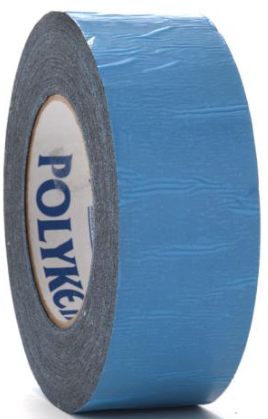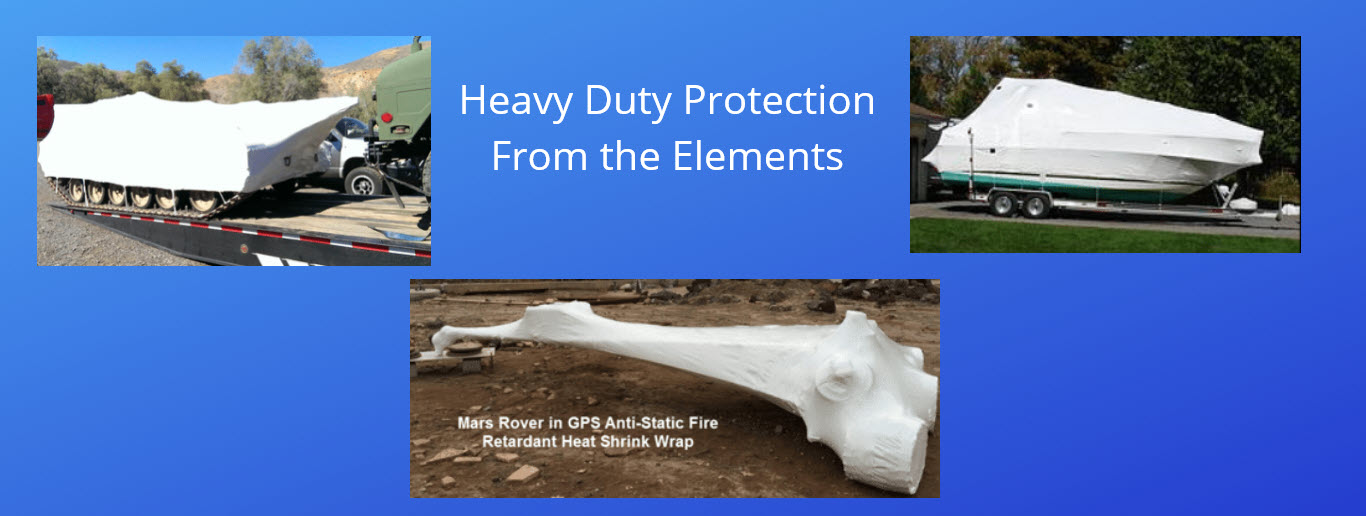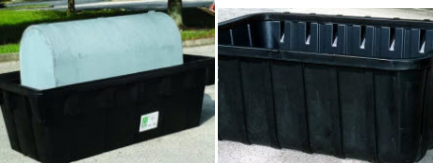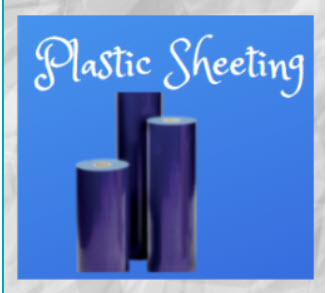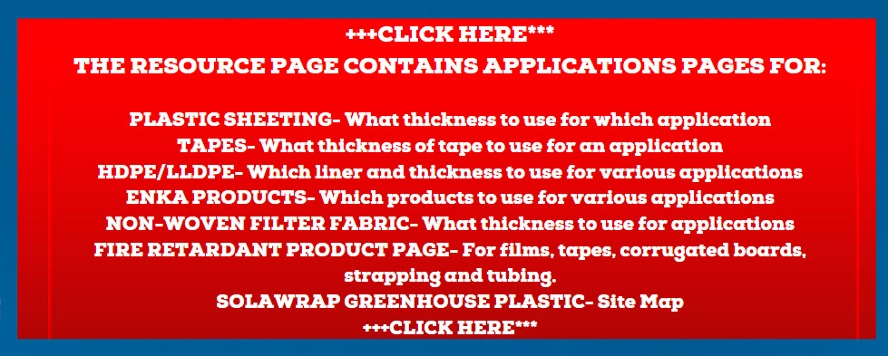Keeping it Safe and Secure: Understanding the Versatility of AT-175 FR UV

Looking for a material that's both strong, flame-resistant, and weatherproof? Look no further than AT-175 FR UV, a fire retardant and UV-stabilized PVC coated scrim material. But what exactly can it be used for, and why does its NFPA 701 certification matter? Let's delve into the exciting world of AT-175 FR UV!
What Makes AT-175 FR Special?
Imagine a material that's:
- Lightweight: Easy to handle and install, saving time and labor.
- Highly Durable: Withstands wear and tear, ensuring long-lasting performance.
- Fire Retardant: Passes NFPA 701 standard, providing crucial fire safety protection.
- UV Resistant: Withstands sun damage, maintaining its integrity over time.
This unique combination makes AT-175 FR UV a versatile hero for various applications:
- Construction: Temporary enclosures, scaffolding wind protection, dust barriers, roofing underlayment
- Industrial: Equipment covers, containment barriers, welding curtains, industrial partitions.
- Agriculture: Greenhouse coverings, crop protection covers, windbreaks.
-
Event Structures and Tents: AT-175 FR UV is commonly used in the construction of event tents and structures where fire safety is a crucial consideration. Its lightweight yet durable construction provides reliable protection without compromising on structural integrity.
-
Outdoor Signage and Banners: Signage and banners placed in outdoor environments are subjected to harsh weather conditions and UV exposure. AT-175 FR UV's UV stabilization feature ensures that signage remains vibrant and durable, even after prolonged exposure to sunlight
The Power of NFPA 701 Certification:
When it comes to fire safety, choosing the right materials is crucial. The NFPA 701 standard evaluates flame propagation and smoke development of materials used in building interiors and textiles. Passing this test signifies that AT-175 FR UV meets strict fire safety requirements, offering an extra layer of protection in case of fire.
Why Ask for the Certification?
For peace of mind and safety, always:
- Request verification of NFPA 701 certification: Ensure the material you're using meets fire safety standards.
- Choose reputable suppliers: Partner with companies that prioritize quality and safety protocols.
- Understand your specific needs: Select the appropriate material based on your application's fire safety requirements.
By prioritizing materials like AT-175 FR UV and advocating for certified products, we can collectively create safer and more secure environments in various settings.
Remember: AT-175 FR UV isn't just a material; it's a commitment to safety, durability, and versatility. With its impressive features and NFPA 701 certification, it offers a reliable solution for diverse applications, ensuring both functionality and peace of mind.





